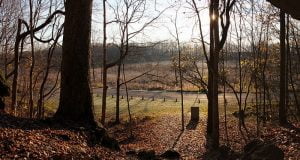
For almost 200 years the population of North America or the colonial or federal government have been at war with the Indian Nations of this country. Early English settlers enjoyed peaceful relations with nearby tribes, but the colonists were taking sides in military rivalries between Indian Nations in order to open further land for settlement.
All the wars and conflicts generally resulted in the opening of Indian lands to further colonization, the conquest of the American Indians and their forced relocation to Indian reservations.
- Chronology of Indian Wars, Conflicts and Disturbances 1614-1893
- Pacific Northwest Indian Wars
- Massacres of the Mountains
- Battle of the Little Bighorn, Montana
- Black Hawk War
- Cayuse Indian War
- Conquest of the Coeur d’Alene, Palouse and Spokan Indians
- Creek Indian Wars
- French and Indian War
- Army Life on the Pacific, Coeur d’Alene, Palouse and Spokan Indians
- Land of Burnt out Fires, Modoc Indian War (entire book)
- Montana Indians and Indian Wars
- Nez Perce Indian War
- Rogue River Indian War
- Seminole Indian War
- War with the Snake, Bannock and Paiute, Umatilla County, Oregon
- Washington Indian Wars, 1855-1856
- Indian Wars, Their Cost and Expenditures
